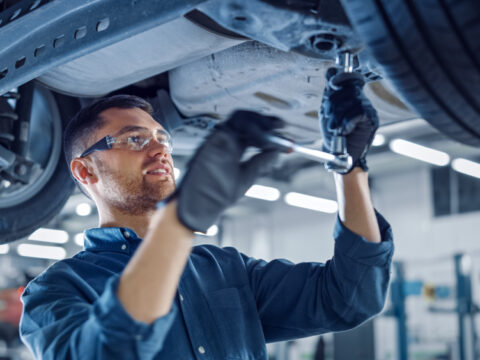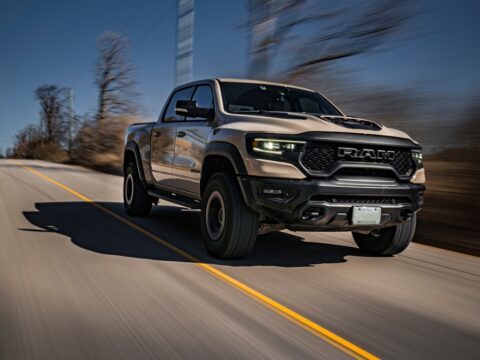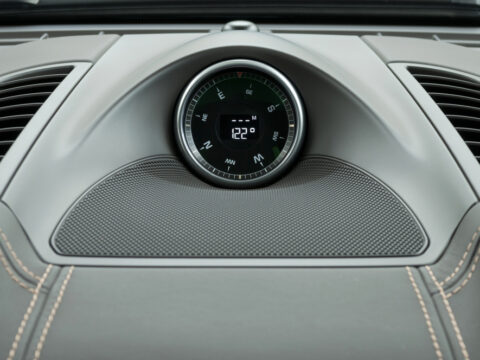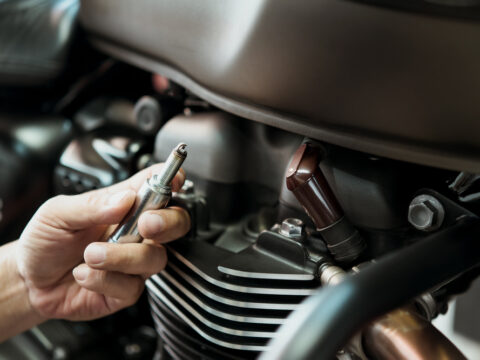Proper tire maintenance is essential not only for extending the life of your tires but also for improving vehicle performance and saving money in the long run. By following simple DIY tips, you can avoid premature wear and ensure your tires last longer. In this article, we will cover practical tire maintenance techniques that anyone can perform, helping you get the most out of your tires and keep your vehicle running smoothly.
Contents
Check Tire Pressure Regularly
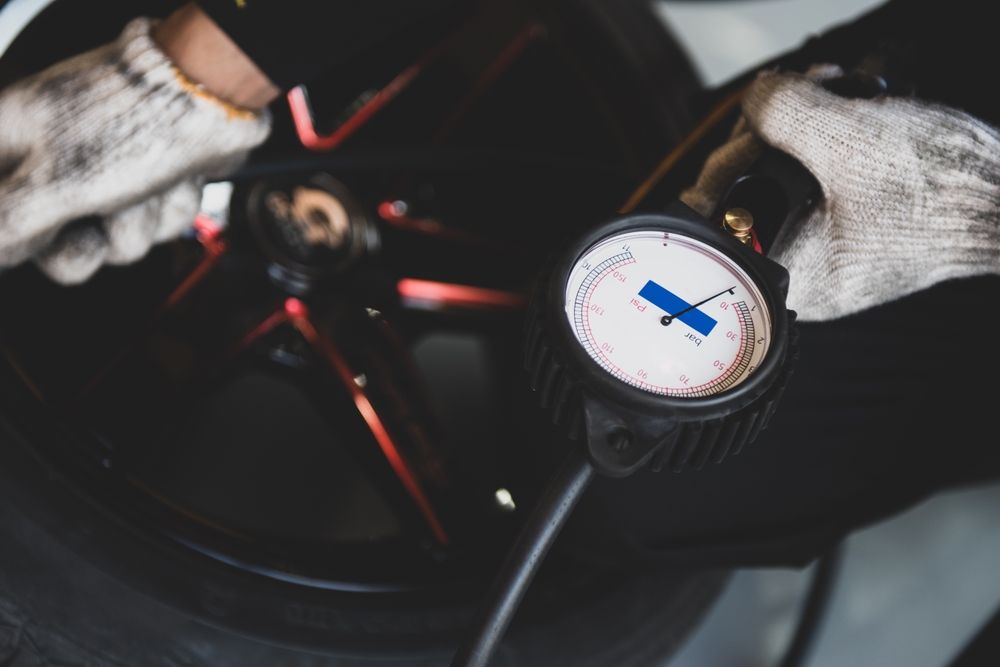
Maintaining the correct tire pressure is one of the simplest yet most effective ways to extend tire life and save money. Underinflated tires can cause uneven wear, reduce fuel efficiency, and increase the risk of a blowout. Overinflated tires can also lead to uneven tread wear and a harsh ride. Use a tire pressure gauge to check your tire pressure at least once a month and before long trips. Make sure the pressure matches the manufacturer’s recommendations found in your vehicle’s manual or on the driver’s side door jamb. Keeping tires properly inflated reduces wear and tear and can improve fuel efficiency by up to 3%.
Rotate Tires Every 5,000-7,000 Miles
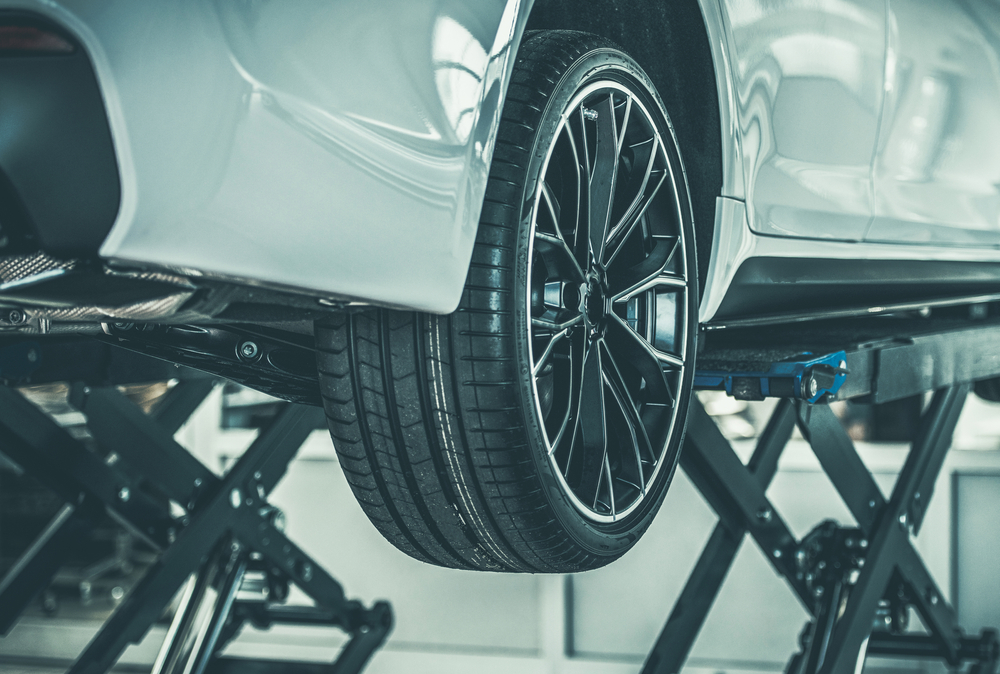
Tire rotation helps ensure even wear across all four tires, extending their lifespan and improving handling. Front tires often wear faster than rear tires due to the weight of the engine and steering. By rotating your tires every 5,000-7,000 miles, or at every oil change, you distribute the wear more evenly, which prevents early tire replacement. This simple DIY task can save you hundreds of dollars by maximizing the lifespan of all four tires.
Inspect Tire Tread Depth

Checking the tread depth regularly helps you spot uneven wear or potential safety issues early. You can use a tread depth gauge or the penny test: insert a penny into the tread with Lincoln’s head upside down. If you can see all of Lincoln’s head, it’s time to replace your tires. Tires with sufficient tread ensure better traction, especially in wet or slippery conditions, reducing the risk of accidents. Keeping an eye on tread depth will prevent you from driving on unsafe tires and save you money by replacing them only when necessary.
Balance Your Tires

Unbalanced tires can cause vibrations, uneven tread wear, and reduced fuel efficiency. When a tire is out of balance, it creates additional stress on suspension components and leads to premature tire wear. You can DIY this by investing in a tire balancing tool, but it’s often best to have a professional do it. Balancing your tires every 6,000-8,000 miles ensures smoother driving and helps avoid costly repairs related to uneven wear and suspension issues.
Check for Tire Damage
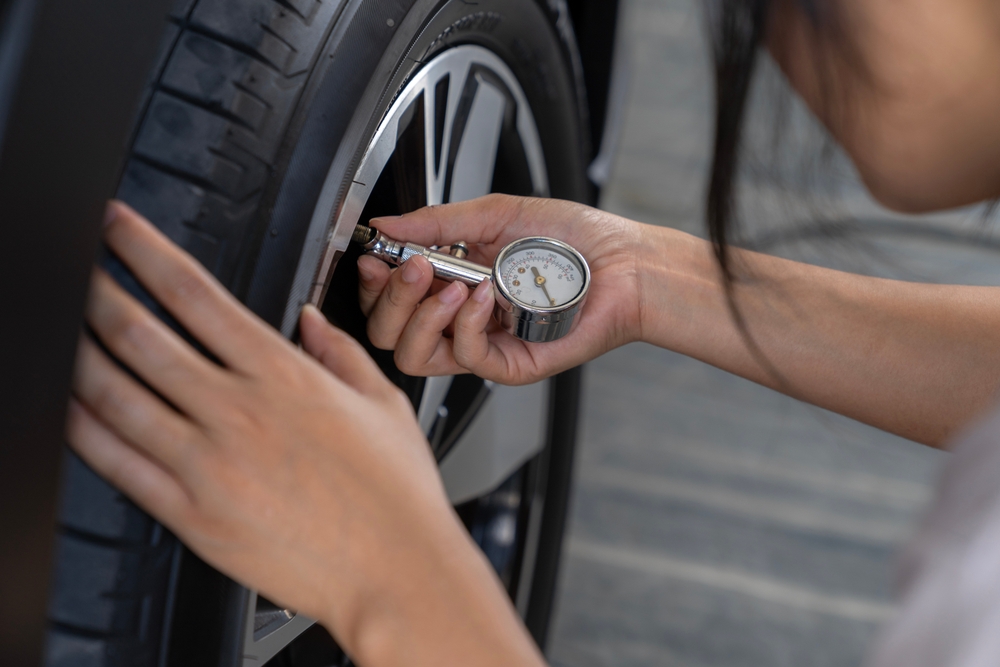
Regularly inspect your tires for damage such as cuts, cracks, punctures, or bulges. Driving on damaged tires can lead to blowouts or further damage to your vehicle. If you spot a small puncture in the tread area, you can use a DIY tire repair kit to plug it. However, sidewall damage should never be repaired—those tires should be replaced immediately. Catching and repairing small punctures early can prevent costly blowouts and extend the life of your tires.
Perform Wheel Alignments
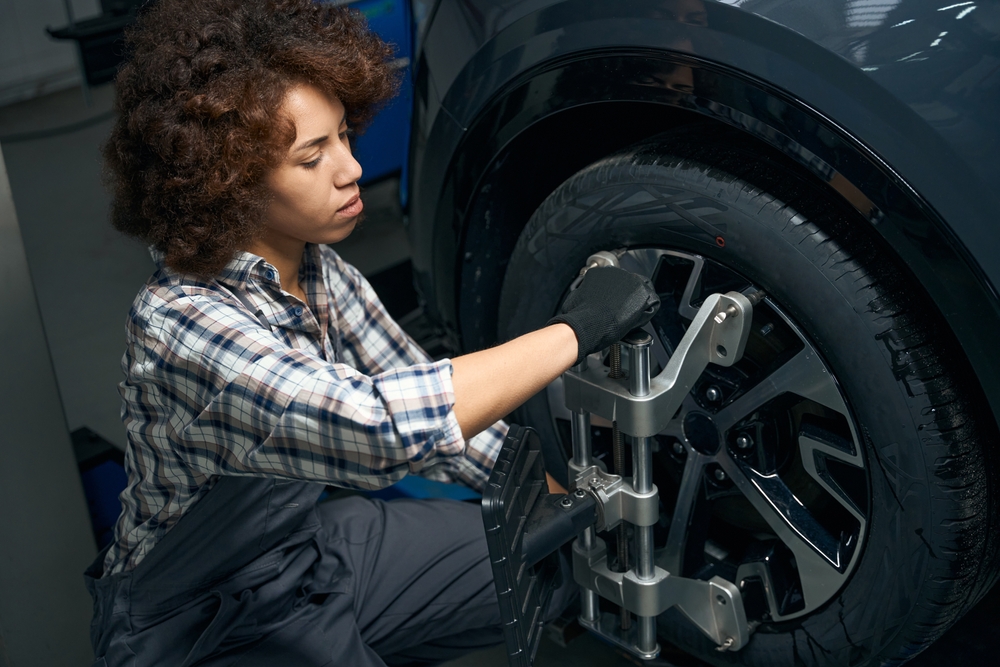
Proper wheel alignment ensures that your tires wear evenly and your vehicle handles properly. Misalignment can cause tires to wear prematurely on one side, reducing their lifespan. You can check for alignment issues by observing if your vehicle pulls to one side or if the steering wheel is off-center. While alignment is typically a professional service, knowing the symptoms of misalignment helps you address the problem before it leads to uneven wear, saving you money in the long run.
Avoid Overloading Your Vehicle

Carrying excess weight in your vehicle puts extra strain on your tires, leading to faster wear and potential tire failure. Every vehicle has a recommended load limit listed in the owner’s manual. Stick to these limits to prevent overloading. By maintaining the correct weight, you’ll reduce unnecessary stress on your tires, ensuring even wear and extending their lifespan, which ultimately saves you money on tire replacements.
Keep Tires Clean
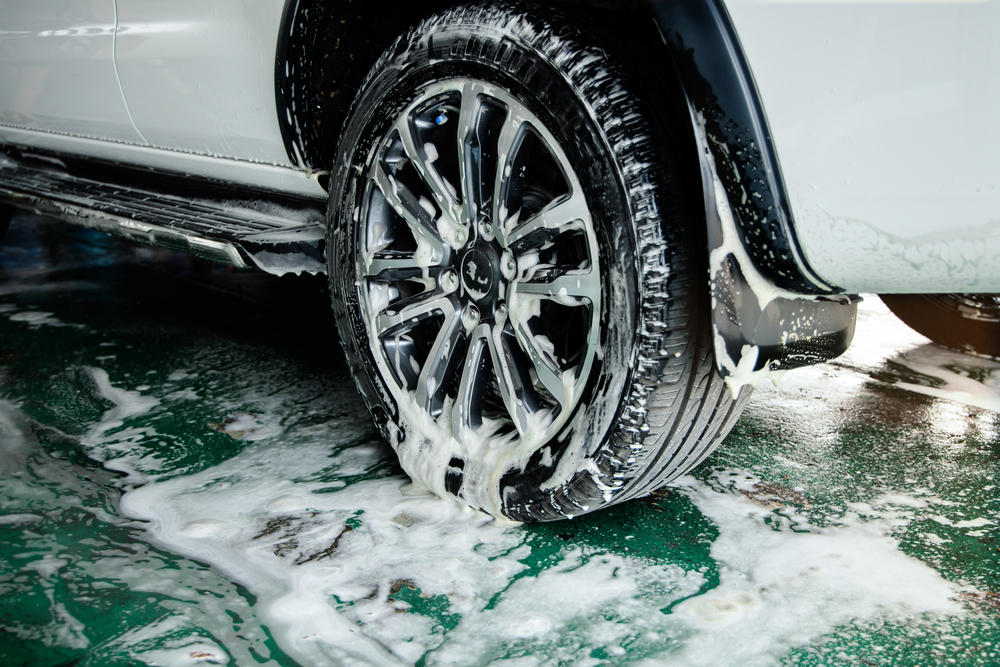
Dirt, oil, and chemicals on the road can accumulate on your tires and degrade the rubber over time. Cleaning your tires with mild soap and water every few weeks helps remove debris and harmful substances that can cause cracking and dry rot. After cleaning, applying a tire protectant can help shield the rubber from UV rays and road grime, keeping your tires in top condition for longer. Clean tires not only look better but also last longer, saving you money on premature replacements.
Store Tires Properly When Not in Use
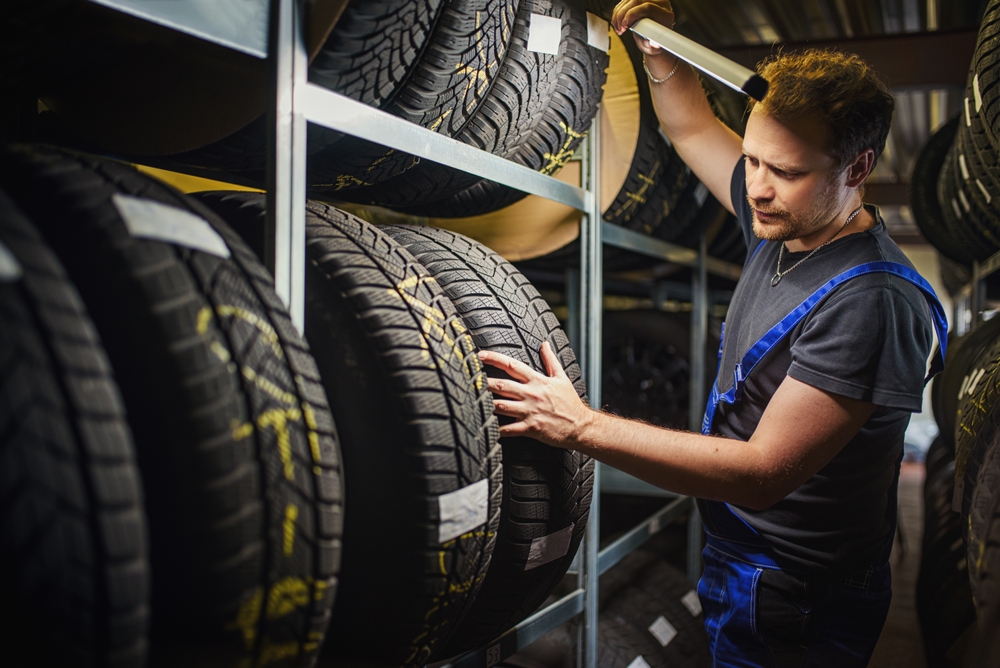
If you have seasonal tires, storing them correctly is key to preserving their condition. Tires should be kept in a cool, dry place away from direct sunlight and heat sources, which can cause the rubber to degrade. Store them either standing up or stacked with a protective cover to prevent deformation. Proper tire storage prevents cracking and flat spots, extending the life of your tires and saving you from having to replace them prematurely.
Drive Smoothly
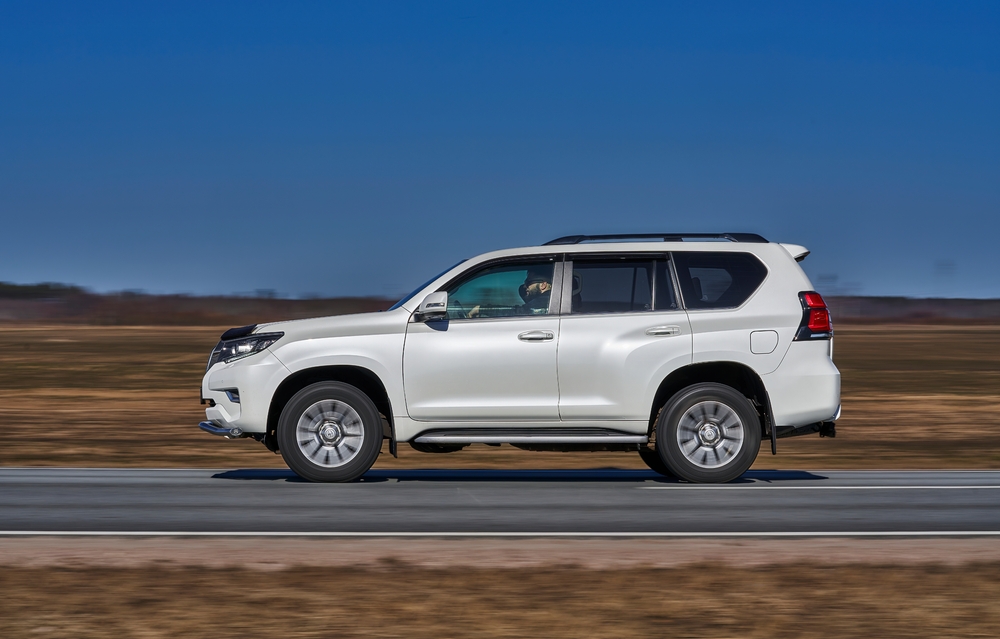
Abrupt braking, hard acceleration, and aggressive cornering can all lead to uneven tread wear and reduce your tires’ lifespan. By adopting a smoother driving style, you reduce the stress on your tires, making them last longer. Smooth driving not only extends tire life but also improves fuel efficiency, saving you money on both tire replacements and fuel costs.
Monitor Tire Age
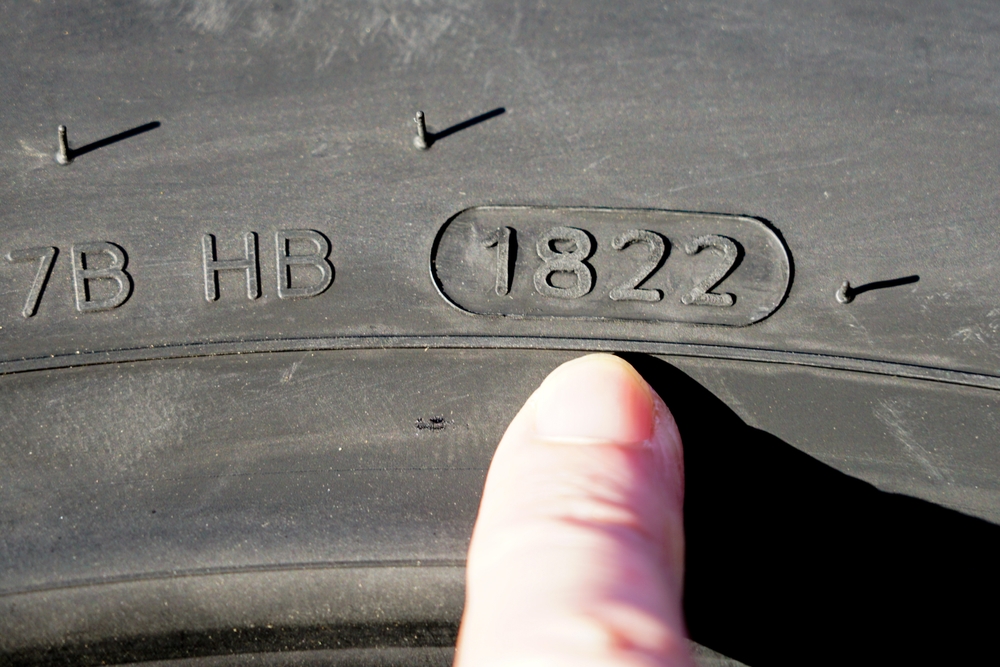
Tires naturally degrade over time, even if they haven’t worn out. Most manufacturers recommend replacing tires after six to ten years, regardless of tread condition. You can check the age of your tires by looking at the DOT code on the sidewall. Even if your tires have plenty of tread left, old tires are prone to cracking and failure. Replacing aging tires before they become hazardous prevents costly accidents and ensures safer driving.
Keep an Eye on Tire Valve Stems

Valve stems can wear out or become damaged over time, leading to slow leaks that reduce tire pressure. Check your valve stems regularly for signs of wear or damage, and replace them if necessary. A quick DIY fix using a valve stem tool and replacement stems is inexpensive and can prevent more costly tire issues down the road, such as underinflation and uneven tread wear.
Use a Tire Pressure Monitoring System (TPMS)

A TPMS alerts you if your tire pressure drops below a safe level, helping you maintain optimal tire pressure at all times. While newer cars come equipped with TPMS, older vehicles can be retrofitted with aftermarket systems. Maintaining proper tire pressure prevents uneven wear, improves fuel efficiency, and reduces the risk of blowouts, saving you money on fuel and premature tire replacements.
Keep Tires Properly Balanced
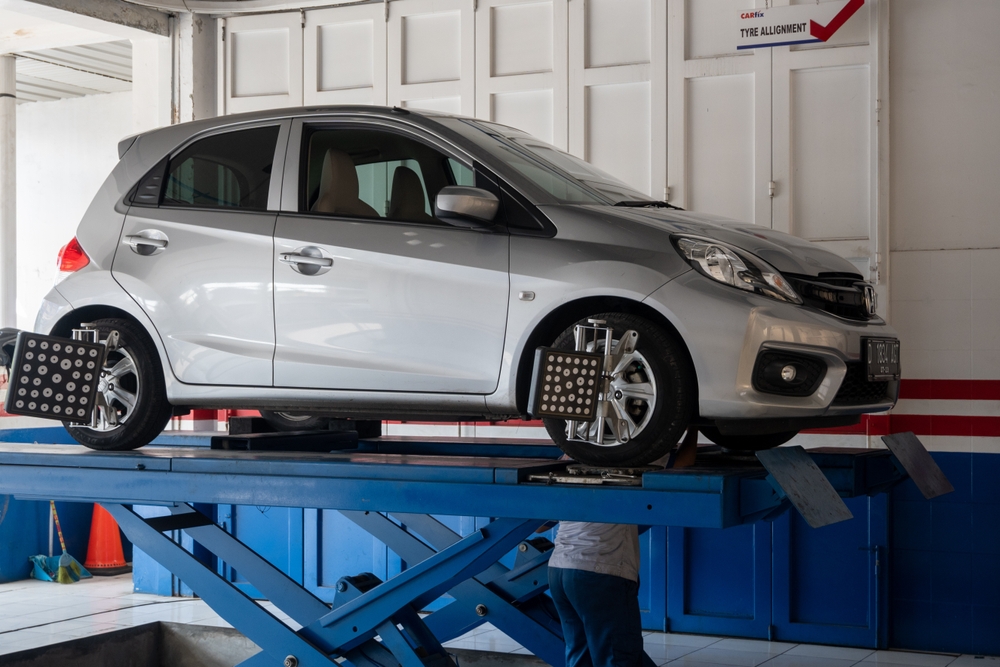
Properly balanced tires prevent uneven wear and improve handling. If your tires are out of balance, you may notice vibrations at certain speeds or uneven tread wear. While you can buy a tire balancer to DIY, having your tires professionally balanced during routine maintenance is the best way to ensure they last longer. Balanced tires wear evenly, which reduces the need for early replacements and saves you money.
Avoid Hitting Potholes and Curbs
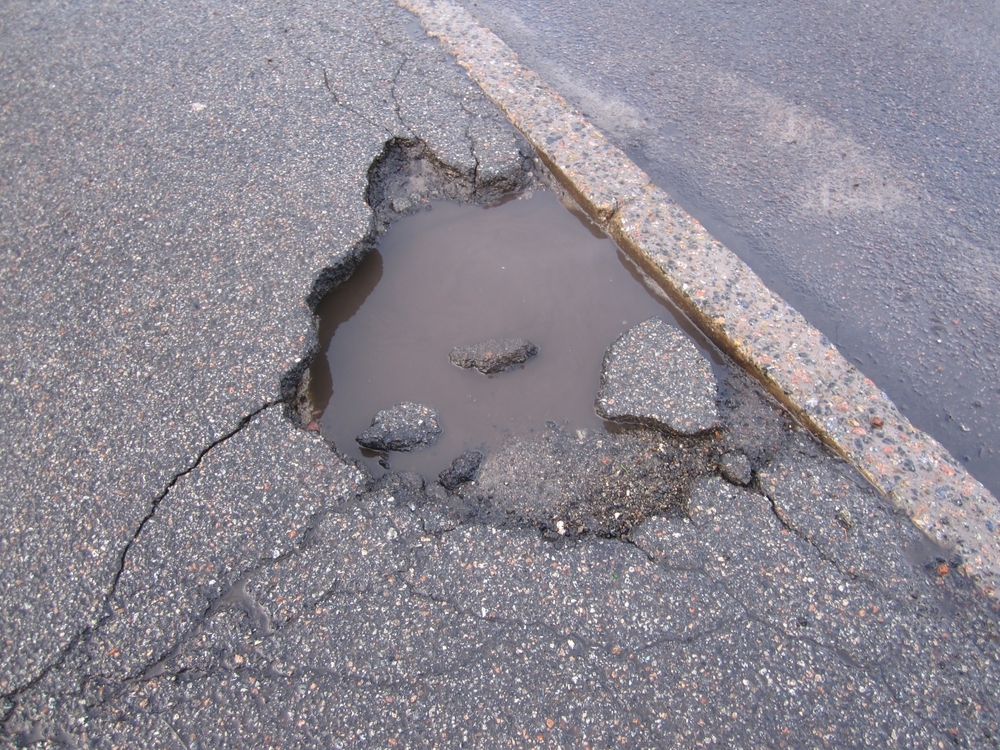
Potholes and curbs can cause significant damage to your tires, including sidewall bulges, punctures, or misalignment. Avoiding these obstacles or driving over them slowly can help prevent damage. If you do hit a pothole, inspect your tires for any visible damage. Catching and repairing small issues early can extend the life of your tires and save you from expensive replacements.
Check Tire Wear Patterns
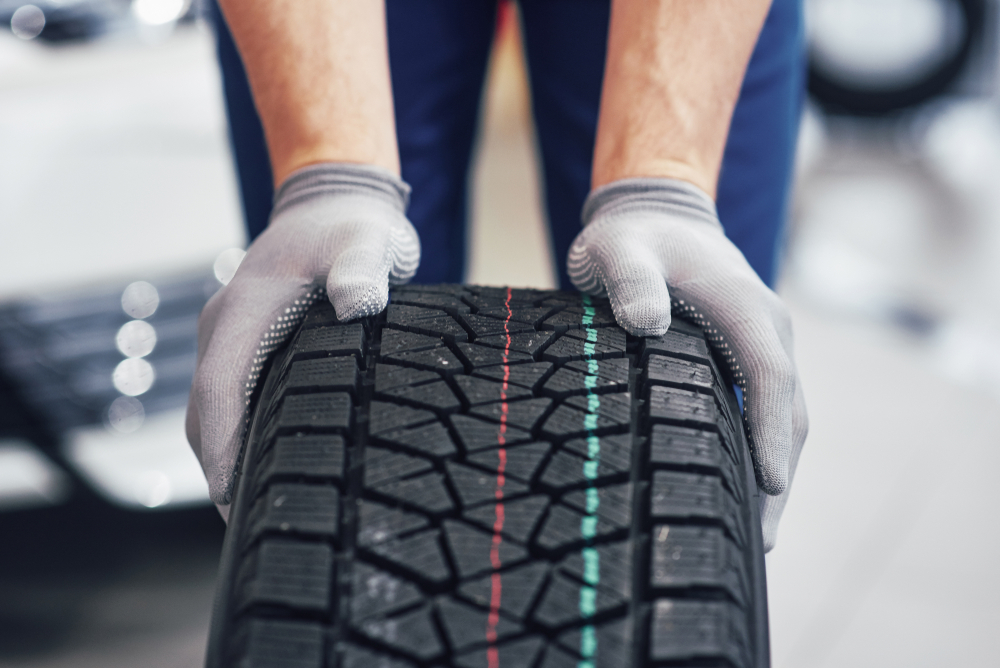
Uneven wear patterns can indicate underlying issues such as misalignment, improper tire pressure, or suspension problems. By regularly inspecting your tire tread, you can identify issues before they cause extensive damage. Feathering, cupping, or excessive wear on one side of the tire are all signs that something is wrong. Addressing these issues early can save you money by preventing the need for new tires due to uneven wear.
Inflate Tires with Nitrogen

Using nitrogen instead of regular air to inflate your tires can help maintain pressure more consistently. Nitrogen molecules are larger and less likely to escape through the tire’s rubber, reducing the need to frequently check and top off tire pressure. Proper tire pressure extends tread life, improves fuel efficiency, and helps you save money by avoiding premature tire replacements.
Avoid Parking on Hot Surfaces

Prolonged exposure to hot surfaces can cause your tires to overheat and wear faster, especially in regions with high temperatures. Whenever possible, park your car on cooler surfaces like gravel or shaded areas. By protecting your tires from excessive heat, you can prevent premature wear and extend their lifespan, which will save you money over time.
Use the Right Tires for the Season

Using summer tires in the winter or winter tires in the summer can lead to faster tread wear and compromised performance. Seasonal tires are designed for specific conditions, and using the wrong type can reduce their effectiveness and lifespan. Switching between the right tires for the season ensures better performance and extends the life of your tires, saving you from having to replace them prematurely.
Check the Spare Tire
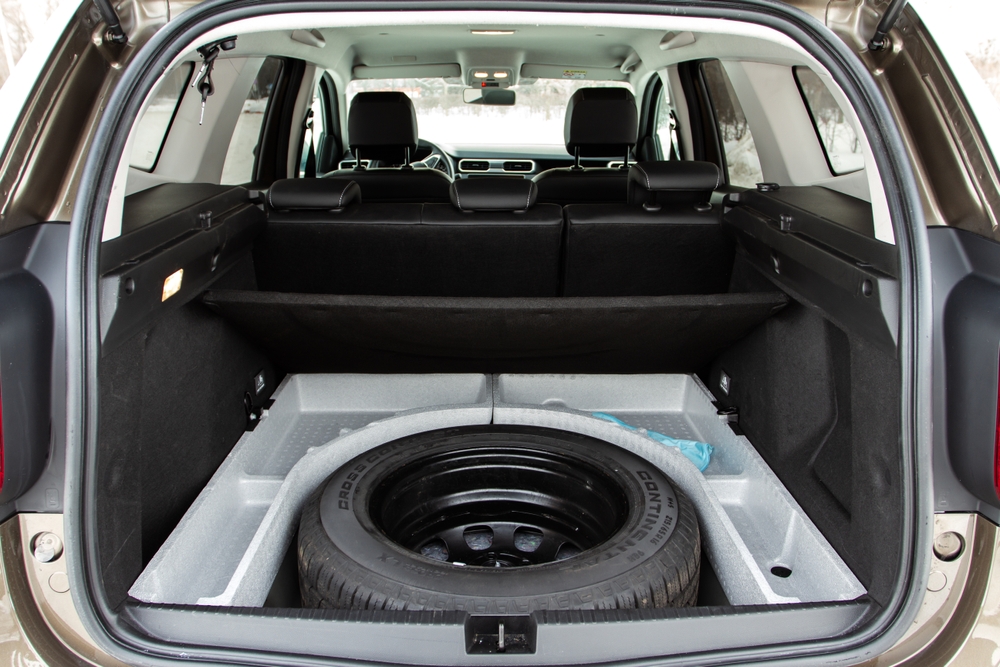
Don’t forget about your spare tire! While it may not be used often, it still requires proper maintenance. Check the spare tire’s pressure and condition regularly to ensure it’s ready if you need it. Keeping a properly maintained spare tire can save you from being stranded and prevent costly towing fees. If your spare is in poor condition, replacing it before an emergency occurs can save you money and hassle down the line.
This article originally appeared on MyCarMakesNoise.
More from MyCarMakesNoise
20 Timeless Luxury Sedans That Embodied Elegance

Luxury sedans are the epitome of elegance and comfort, combining sophisticated design with advanced technology. Throughout automotive history, certain models have stood out for their exceptional style and refinement. Here are some memorable luxury sedans that defined elegance. Read More.
20 Beloved Pickup Trucks That Built America

Pickup trucks have been a backbone of American culture, serving as reliable workhorses, symbols of freedom, and trusted companions on countless journeys. From farms and job sites to highways and backroads, these vehicles have helped shape the nation. Read More.
20 Military Vehicle Designs That Frustrate Soldiers

Military vehicles are designed for durability and performance, but not all designs are well-received by the soldiers who use them. Some vehicles fall short in terms of practicality, comfort, or reliability. Read More.

